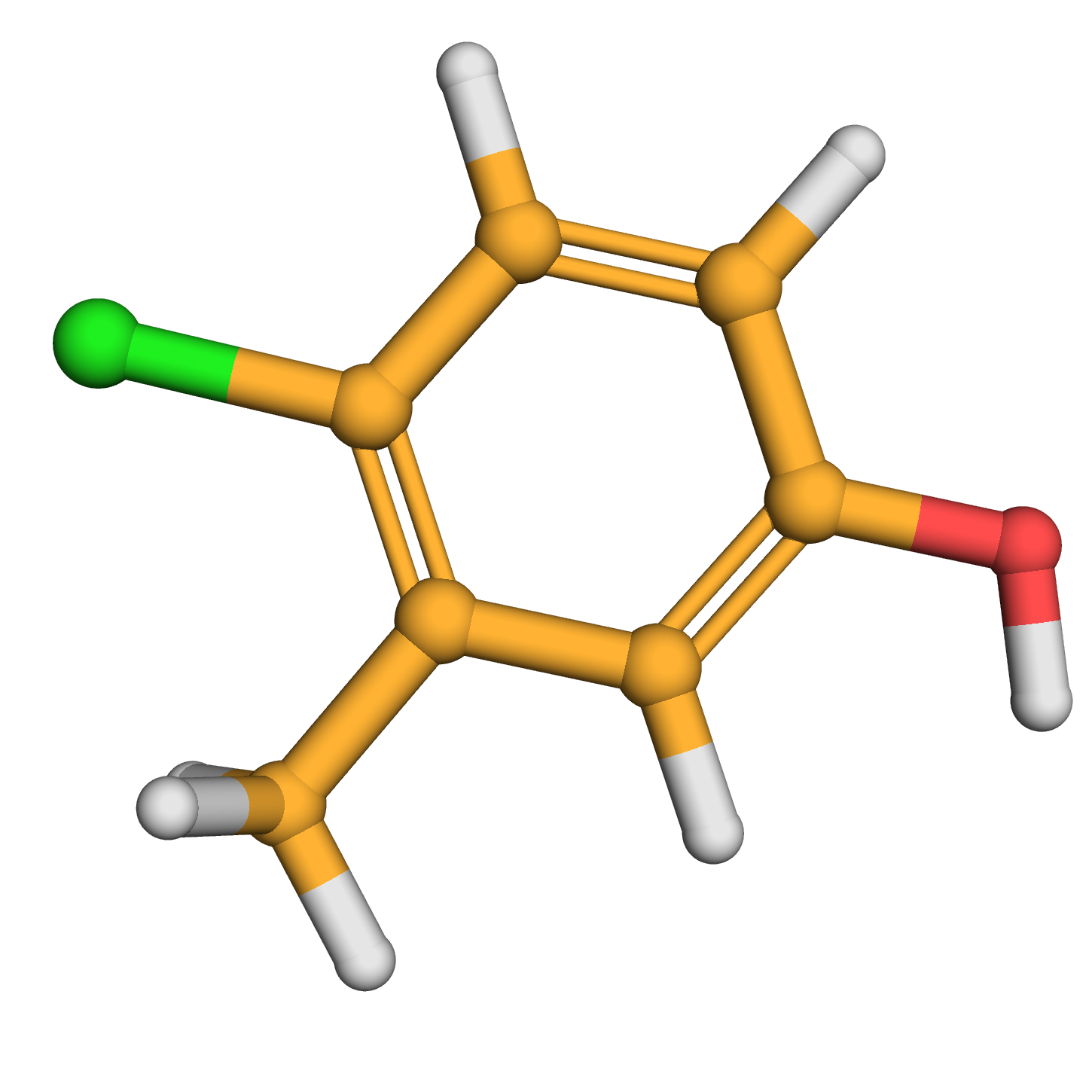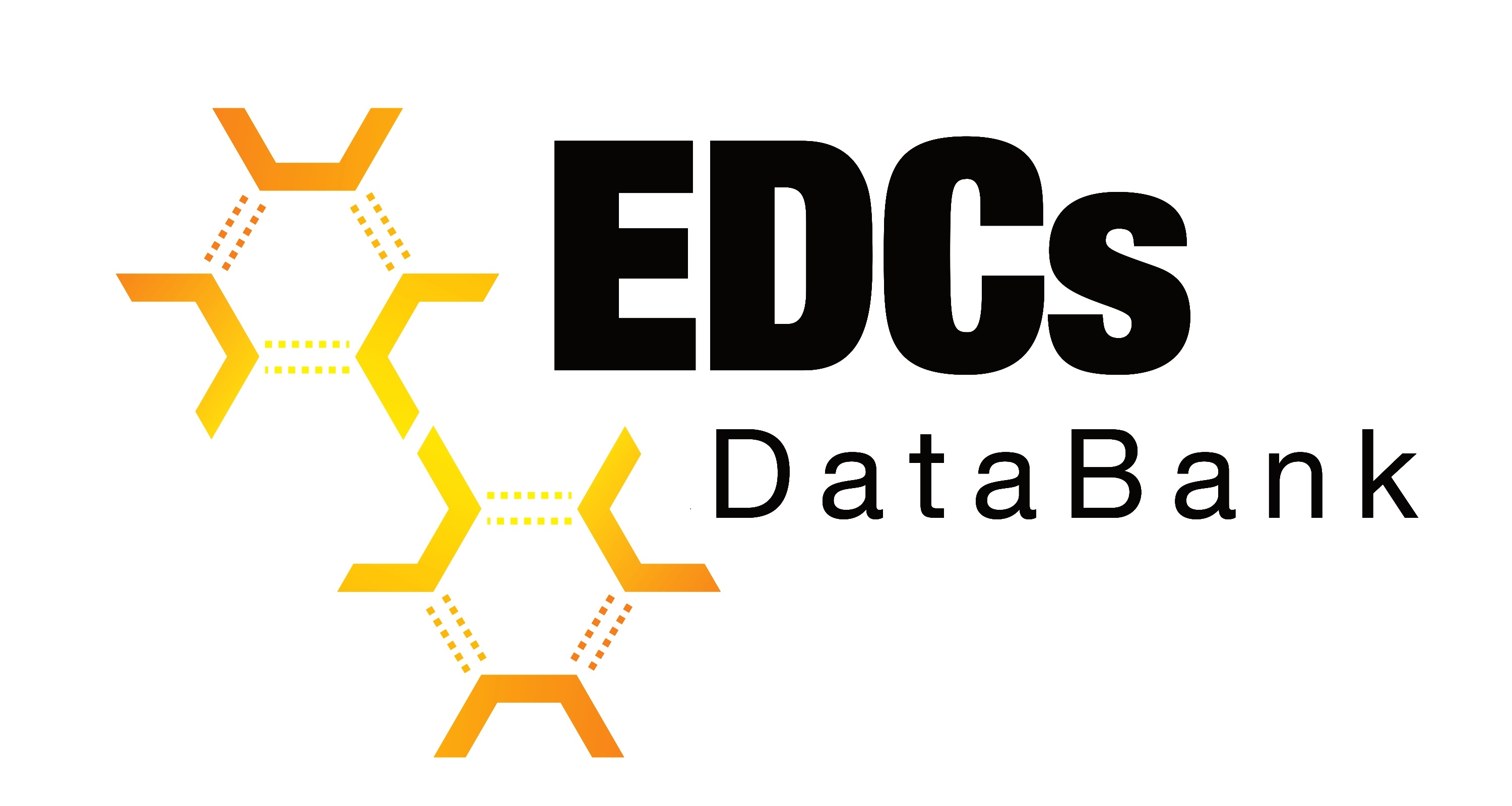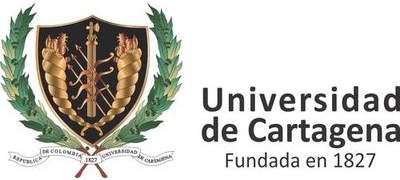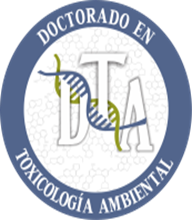4-chloro-3-methylphenol
Synonyms: "chlorocresol", "4-chloro-m-cresol", "parol", "p-chloro-m-cresol", "baktol", "candaseptic"
Source: 4-chloro-3-methylphenol is as a pesticide, bactericide and preserving agent.
Identifiers:
IUPAC Name: 4-chloro-3-methylphenol
CAS Number: 59-50-7
PubChem ID: 1732
InChiKey: CFKMVGJGLGKFKI-UHFFFAOYSA-N
Canonical SMILES: CC1=C(C=CC(=C1)O)Cl
Structural Properties:
Molecular Formula: C7H7ClO
Molecular Weight: 142.583
Pharmacophore Features:
Number of bond donors: 1
Number of bond acceptors: 1
Number of atoms different from hydrogen: 9
Downloads
2D structure (.sdf)
3D structure (.sdf)
3D structure (.mol2)
3D structure (.pdb)
3D structure (.pdbqt)
Search Similar molecules
Evidence Supporting This Chemical as an Endocrine Disruptor
TEDX List of Potential Endocrine Disruptors

Ghisari M, Bonefeld-Jorgensen EC. 2009. Effects of plasticizers and their mixtures on estrogen receptor and thyroid hormone functions. Toxicol Lett 189(1):67-77.
Graves TK, Hinkle PM. 2003. Ca(2+)-induced Ca(2+) release in the pancreatic beta-cell: direct evidence of endoplasmic reticulum Ca(2+) release. Endocrinology 144(8):3565-3574.
Hauser CJ, Kannan KB, Deitch EA, Itagaki K. 2005. Non-specific effects of 4-chloro-m-cresol may cause calcium flux and respiratory burst in human neutrophils. Biochem Biophys Res Commun 336(4):1087-1095.
Klegeris A, Choi HB, McLarnon JG, McGeer PL. 2007. Functional ryanodine receptors are expressed by human microglia and THP-1 cells: Their possible involvement in modulation of neurotoxicity. J Neurosci Res 85(10):2207-2215.
Korner W, Hanf V, Schuller W, Bartsch H, Zwirner M, Hagenmaier H. 1998. Validation and application of a rapid in vitro assay for assessing the estrogenic potency of halogenated phenolic chemicals. Chemosphere 37(9-12):2395-2407.
External Links

2D-structure
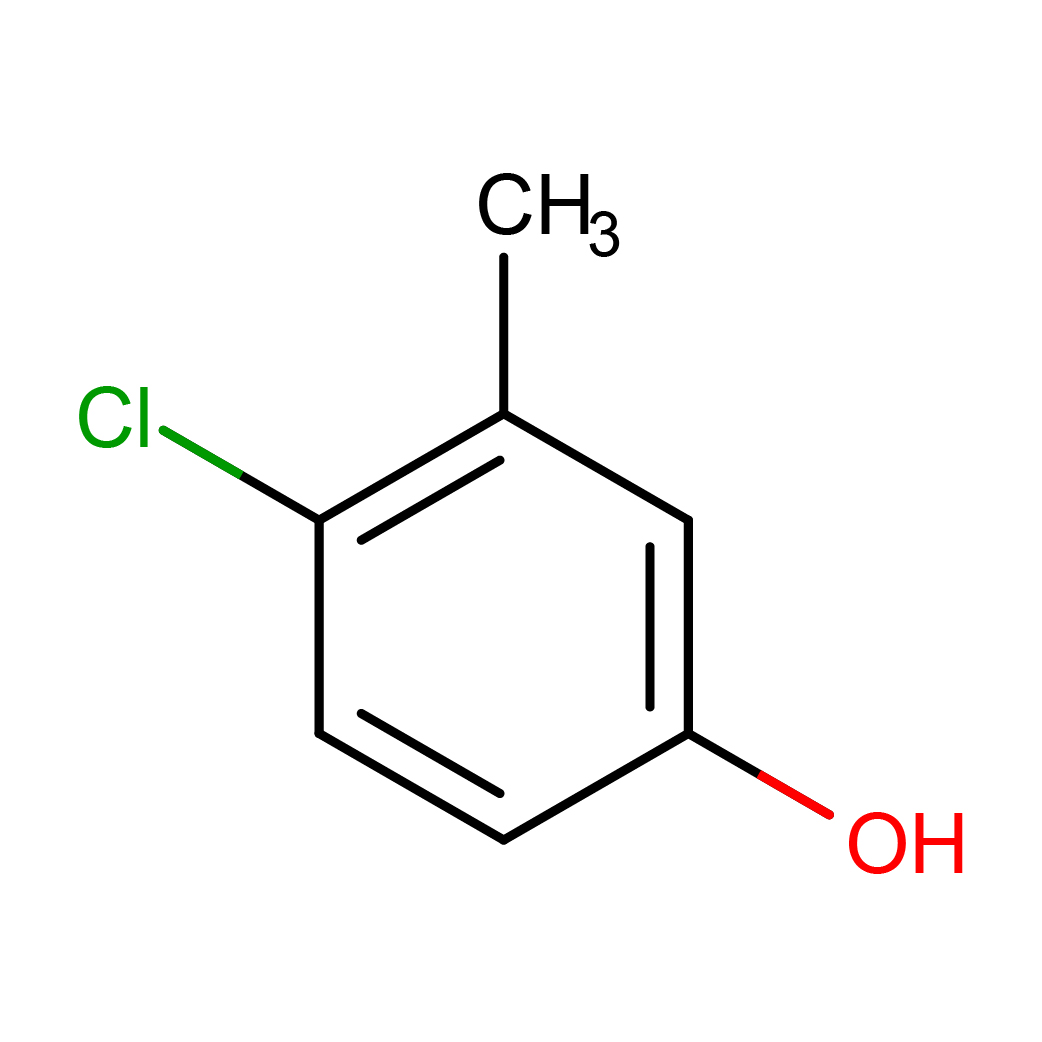
3D-structure
